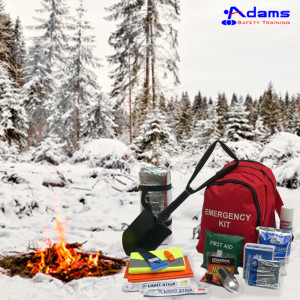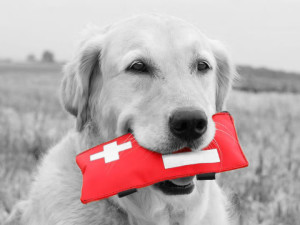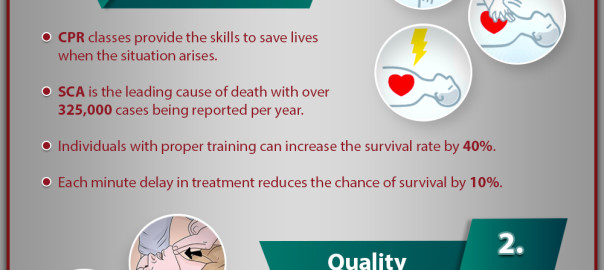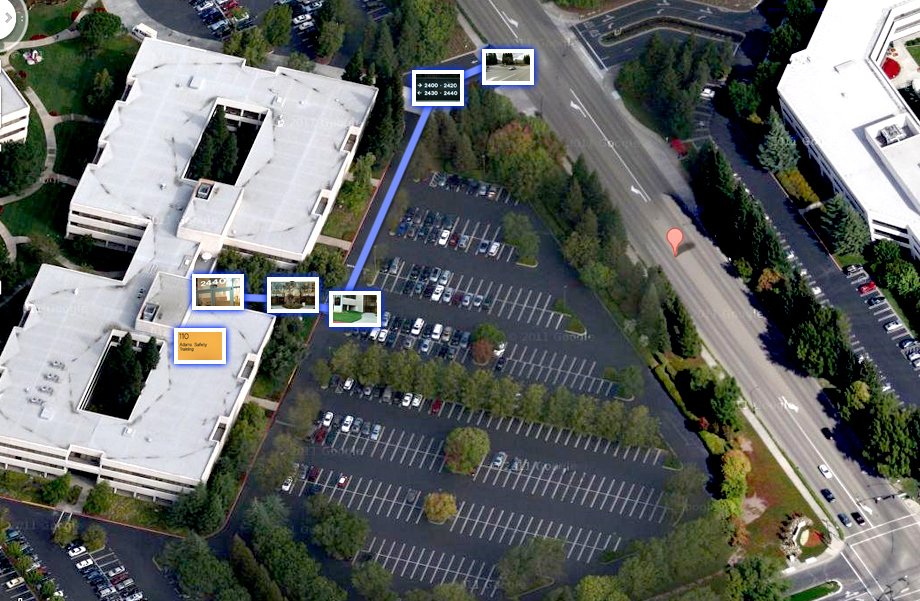Cardiopulmonary Resuscitation (CPR) is a lifesaving procedure that is useful in many emergencies, including heart attack or choking. As a first responder, you can buy time for the injured person before medical professionals arrive. This video throws light on the reasons to take a CPR Certification Class in San Jose.
Every year, more than 325,000 people die from a sudden cardiac arrest while at home, office or public place. This number is staggering. In emergency situations, every second counts. By knowing how to perform CPR could help you save someone’s life. The chances of survival rate for the victim increases if CPR is performed on time. That’s why it’s so important for EVERYONE to learn CPR. People, who are CPR certified, feel much more empowered and confident and are able to apply it in case of emergency. Another advantage of CPR certification is that you learn to operate automated electronic defibrillator (AED). You can get an edge over others while applying for jobs such as babysitter, lifeguard or personal trainers. So, it’s recommended to take CPR class from reputed organization such as American Heart Association (AHA).




